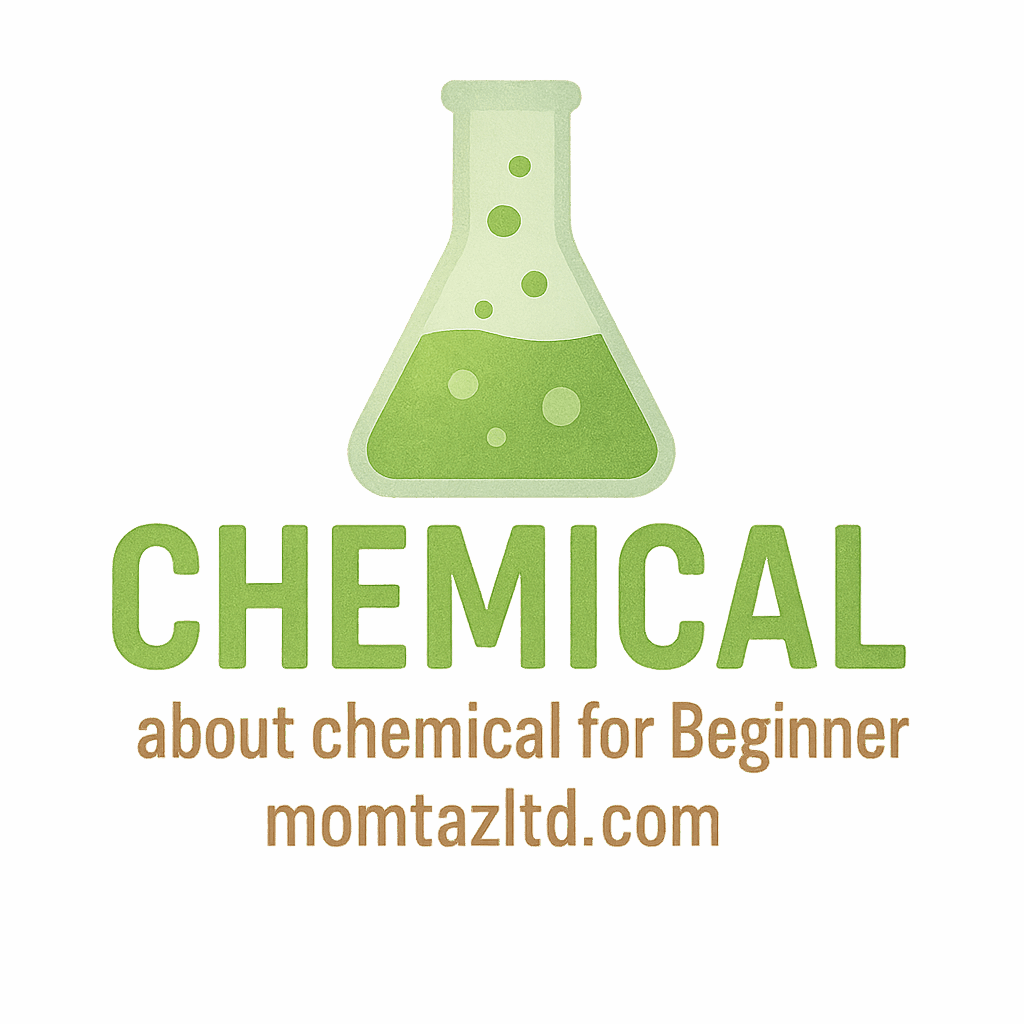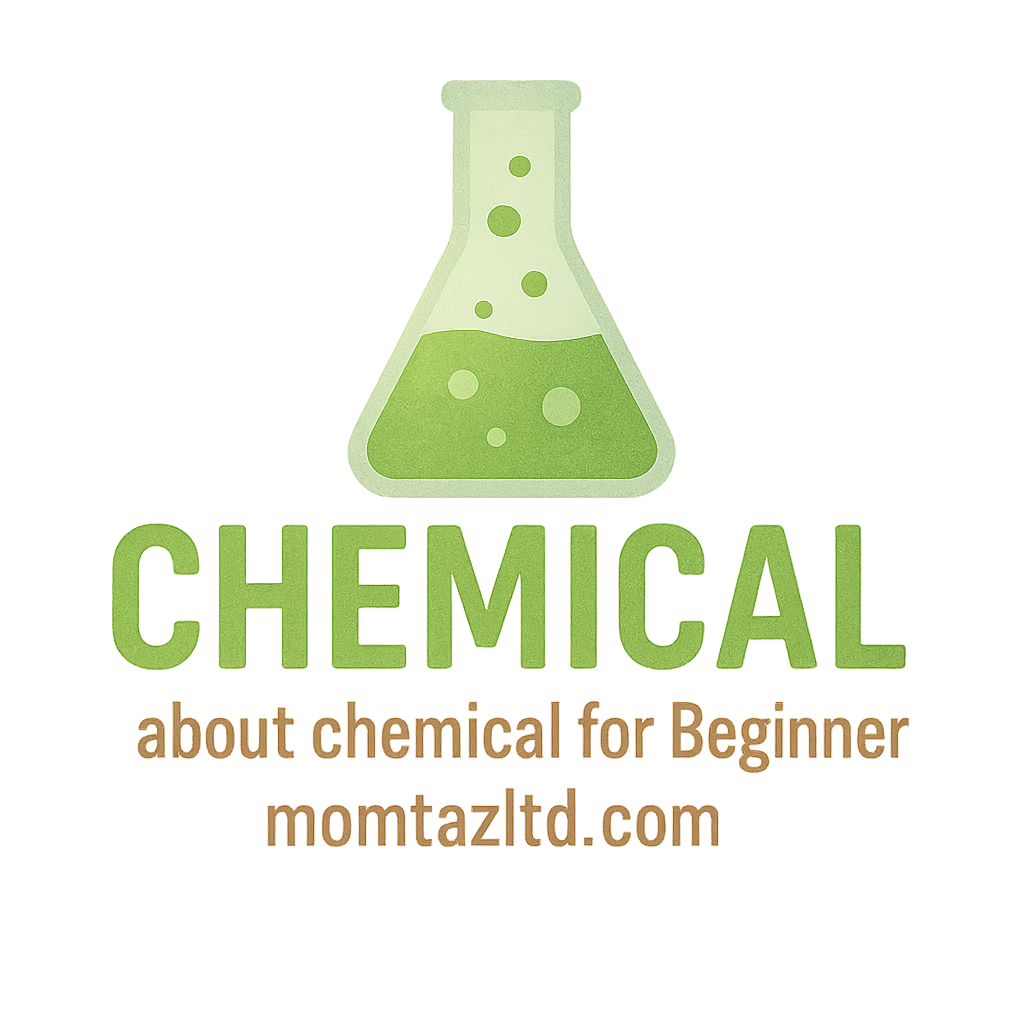Introduction
In every lab, chemicals are an essential component of research, experiments, and education. However, disposing of these chemicals safely is a crucial aspect of maintaining a safe environment, protecting human health, and safeguarding the planet. Improper chemical disposal can lead to environmental contamination, health risks, and even severe legal penalties.
In this article, we will outline the 5 essential steps to dispose of lab chemicals safely, ensuring you follow best practices in compliance with safety standards, environmental laws, and industry regulations.
Understanding the Importance of Chemical Disposal
Why Disposal Matters
Proper disposal of lab chemicals is far more important than just clearing out unwanted supplies. Safe disposal practices help protect public health, prevent accidents, and preserve the environment. Improper disposal could lead to dangerous consequences, including hazardous chemical spills, toxic exposure, and long-term environmental damage.
It’s important to note that mismanagement of chemicals doesn’t just harm the environment—violating disposal laws can lead to heavy fines and legal action. Therefore, understanding and practicing correct chemical disposal is critical.
For further guidance, check out resources on chemical safety.
What are Lab Chemicals?
Different Types of Chemicals in Labs
In laboratory settings, chemicals vary significantly, and understanding what you’re working with is crucial for safe disposal. Chemicals used in labs can fall into several categories:
- Acids and Bases: These are highly reactive and can cause severe damage to skin and surfaces.
- Toxins and Carcinogens: Certain chemicals, like household chemicals, can cause long-term health issues or even cancer when mishandled.
- Flammable Chemicals: Materials like alcohol or solvents can easily catch fire if not disposed of properly.
- Solvents: Often used in cleaning, these can be toxic or dangerous if not properly neutralized.
- Heavy Metals: Lead, mercury, and other metals pose serious risks to the environment.
Each chemical category requires a specific disposal method. For instance, hazardous chemicals require strict handling and may need to be disposed of by professionals, as outlined in the chemical care guide.
What Happens When Lab Chemicals Are Not Disposed Properly?
Consequences of Improper Disposal
Improper disposal of lab chemicals can result in severe consequences, including:
- Health Hazards: Exposure to hazardous chemicals can lead to poisoning, burns, respiratory issues, and long-term diseases.
- Environmental Damage: Chemicals that leak into the water or soil can contaminate drinking water, harm wildlife, and disrupt ecosystems.
- Legal and Financial Penalties: Misdisposing of chemicals is illegal in most regions. Non-compliance with disposal regulations can result in hefty fines or criminal charges.
Always be mindful of chemical safety to avoid these issues.
Step 1: Identify the Chemical Type
Categorizing Lab Chemicals
The first step to safe chemical disposal is identifying the type of chemical you’re handling. Chemicals can be categorized into hazardous and non-hazardous types, each requiring a unique disposal method. Some common categories include:
- Flammable: Chemicals like acetone or ethanol.
- Corrosive: Hydrochloric acid and sulfuric acid.
- Toxic: Cyanide and formaldehyde.
- Reactive: Sodium and potassium.
Identifying your chemicals helps ensure that you choose the safest disposal option. For more information on categorizing chemicals, visit learn from experts.
Step 2: Check Chemical Labels and Safety Data Sheets (SDS)
Importance of SDS and Labels
Before you dispose of any chemical, you must check its label and Safety Data Sheet (SDS). These documents contain crucial information on the chemical’s hazards and disposal methods.
- Labels: Typically provide basic information, such as the chemical’s name, hazard symbols, and emergency contact details.
- SDS: A detailed document that provides in-depth information on handling, storing, and disposing of chemicals.
For any chemical you plan to dispose of, make sure to read the SDS thoroughly. Learn more about how chemical storage plays a role in disposal safety.
Why Safety Data Sheets Are Crucial
Safety Data Sheets are critical for your chemical safety protocol. They contain:
- Hazard Identification: It outlines what risks the chemical poses to humans, animals, and the environment.
- First-Aid Measures: It provides steps to take in case of exposure.
- Handling and Storage: Information on safe storage and precautions to avoid accidents.
- Disposal Instructions: Clear instructions on how to dispose of the chemical safely.
Following the instructions on an SDS minimizes the risk of mishandling and exposure. Learn more about the importance of chemical reaction safety in the lab.
Step 3: Prepare the Chemicals for Disposal
Proper Containers and Equipment
After identifying the chemical type and reviewing the SDS, the next step is to prepare the chemicals for disposal. The key to safe disposal is to use appropriate containers and equipment:
- Corrosive chemicals: Use non-reactive, corrosion-resistant containers, such as glass or plastic.
- Flammable chemicals: Store in airtight, flame-retardant containers to prevent fire risks.
- Toxic chemicals: Double-bagging and tightly sealing containers can help avoid accidental exposure.
Ensure that your PPE (personal protective equipment) is worn throughout the process. For guidance on managing industrial chemicals, check out relevant resources.
How to Safely Handle and Transport Lab Chemicals
Handling and Transport Safety Tips
When transporting chemicals to disposal facilities, safety is key:
- Ensure good ventilation to minimize the inhalation of fumes.
- Label each container with the chemical name, hazard symbols, and any special handling instructions.
- Use transportation containers designed to minimize spillage.
For more information on laboratory chemicals and safety practices, visit trusted resources.
Mixing and Neutralizing Chemicals Safely
Methods to Neutralize Chemicals
In some cases, neutralization can reduce the risk of chemical hazards. For example:
- Acids: Neutralized with a base such as sodium bicarbonate.
- Bases: Neutralized with an acid, such as vinegar.
Always follow safety protocols when neutralizing chemicals, and perform neutralization in a well-ventilated area. To learn more about chemical terms and their meanings, refer to expert guides.

Step 4: Choose the Appropriate Disposal Method
Disposal Methods for Different Chemicals
Once your chemicals are prepared for disposal, the next step is choosing the correct disposal method. Common methods include:
- Incineration: Ideal for flammable or toxic chemicals that can be safely burned in controlled environments.
- Landfill Disposal: For non-toxic, solid chemicals that don’t pose an immediate environmental hazard.
- Neutralization: Some chemicals can be neutralized and rendered safe for disposal.
Each disposal method depends on the chemical’s properties, so always consult the SDS for guidance. Learn more about chemical accidents and how they can be prevented during disposal.
Professional Disposal vs. DIY Methods
When to Call a Professional Disposal Service
Some chemicals, such as mercury, radioactive materials, or highly toxic substances, require professional disposal services. Professional disposal companies specialize in handling these materials safely and in compliance with local laws. If you’re ever in doubt, seek help from a certified disposal service.
Methods for Specific Chemicals
How to Dispose of Flammable, Toxic, or Corrosive Chemicals
- Flammable chemicals: Can be incinerated in controlled, flame-resistant facilities.
- Toxic chemicals: Should be taken to specialized hazardous waste disposal facilities, never poured down the drain.
- Corrosive chemicals: Usually need to be neutralized before disposal or treated before landfill disposal.
Step 5: Follow Local Regulations and Guidelines
Understanding Local Disposal Laws
Regulations on chemical disposal vary based on where you live. Ensure you are aware of and comply with local, state, and national disposal laws to avoid legal penalties. Mismanagement can lead to fines and other consequences.
For national and international guidelines, check out the resources provided by regulatory bodies like the EPA or OSHA.
National and International Guidelines
Standards for Safe Disposal of Chemicals
International agencies such as the EPA have clear guidelines for handling and disposing of chemicals. Familiarizing yourself with these regulations ensures compliance and reduces the likelihood of accidents.
Safety Protocols to Follow
Environmental Safety Practices
To keep everyone safe and protect the environment:
- Always ensure chemicals are labeled properly.
- Provide regular training on chemical disposal.
- Maintain disposal records for accountability.
For more on industrial learning and safety standards, consult relevant training materials.
Conclusion
Proper disposal of lab chemicals is vital for both the safety of people and the environment. By following these 5 steps—identifying the chemical type, checking SDS and labels, preparing chemicals for disposal, selecting the right disposal method, and adhering to local laws—you can significantly reduce risks and environmental harm.
Take the time to dispose of chemicals responsibly, and you’ll contribute to a safer and cleaner world.
FAQs
- What should I do if I’m unsure about a chemical’s disposal method?
If unsure, consult the Safety Data Sheet (SDS) or seek professional help. - Can I pour chemicals down the drain?
No. Most chemicals require specialized disposal methods. Always check the SDS first. - How can I neutralize an acid before disposal?
Acids can be neutralized with sodium bicarbonate or other bases. Always follow proper safety measures. - What happens if I dispose of chemicals incorrectly?
It can lead to serious environmental and health risks, plus legal consequences. - How do I dispose of flammable chemicals safely?
Flammable chemicals should be incinerated in a controlled facility. - Can I mix chemicals together before disposal?
Never mix chemicals unless you are sure they are compatible. Always consult the SDS. - Where can I find professional chemical disposal services?
Contact a certified hazardous waste disposal service for proper handling and disposal.


